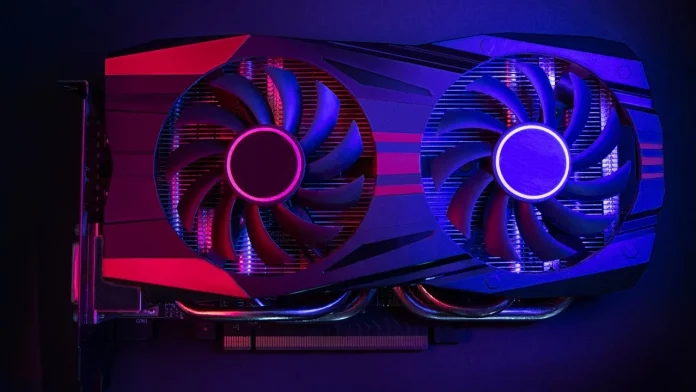One of the best things about being a PC enthusiast is how simple it is to upgrade modern systems, especially if you’ve built one yourself. There’s a vast range of components available for every part of a machine, and dedicated hobbyists often have a dream list of future upgrades waiting to be installed.
If you’re planning a PC upgrade, you might already be eyeing a powerful NVIDIA GeForce RTX 5090 for lightning-fast graphics or one of AMD’s new Ryzen 9 processors to handle demanding workloads. These parts are straightforward when comparing performance to cost, but not every upgrade will deliver noticeable results. Some components might look appealing on paper but offer only minimal performance gains. Spending hundreds of dollars for a marginal improvement can feel wasteful—especially when that money could go toward a more impactful upgrade elsewhere.
PCIe Gen 5 SSDs
With Microsoft’s Project Silica still in development, PCIe 5.0 SSDs currently represent the fastest consumer storage available. It may seem like an easy upgrade path, but Gen 5 drives come with hefty price tags and potential compatibility issues. Many older motherboards don’t even support the newer standard.
While Gen 5 SSDs are technically faster than their Gen 4 counterparts, most users won’t notice a significant speed difference in everyday use. Unless you frequently copy or transfer massive video folders or large game files, the performance boost will be hard to spot. These drives also tend to run hot and may require additional cooling or optimized airflow.
Given that a 2TB Gen 5 SSD can cost around $250 compared to about $120 for a 2TB Gen 4 model, the value proposition is questionable. For most users, a high-capacity Gen 4 SSD is the smarter and more economical choice.
Oversized power supplies
Modern PC components are drawing more power than ever, and choosing the right power supply (PSU) can be confusing. The golden rule is simple: buy from a reputable brand and never purchase a used unit. Beyond that, it’s easy to assume that bigger is automatically better—but that’s rarely the case.
A high-end system with a multicore CPU and a large graphics card still doesn’t need an excessive amount of wattage. For most gaming builds, 750W is the sweet spot, with the option to go slightly higher if you plan to experiment with GPU overclocking. Even the demanding RTX 5090, currently the most power-hungry graphics card, only requires a 1000W PSU as recommended by NVIDIA.
Buying a 1600W PSU for over $700 simply doesn’t make sense when a reliable 1200W model can be found for around $200. Use tools like PCPartPicker to calculate your estimated power needs, then add a comfortable margin—if it suggests 750W, opting for 850W or 1000W provides a safe cushion.
Ultra-fast DDR5 RAM
It’s easy to assume that higher-end RAM always equals better performance, but that’s not necessarily true. While premium DDR5 kits boast impressive speeds, the actual gains are often small, especially in gaming.
Your motherboard and CPU also play a big role in determining how fast your RAM can run. If your setup supports a maximum of 6000 MT/s, buying an 8000 MT/s kit offers no practical advantage. Currently, 6000 MT/s RAM offers the best balance between performance, stability, and cost. Benchmarks show that even 8000 MT/s memory delivers only about a 3–4% gaming performance increase—barely noticeable in real-world conditions.
Unless you have a specific use case that benefits from extremely fast memory, it’s wiser to stick with 6000 MT/s and allocate your budget to more impactful upgrades.
Lateral CPU upgrades
Sometimes, your upgrade options are limited by your existing motherboard. This can lead to what’s known as a lateral upgrade—spending money for only minimal performance improvements. A great example is AMD’s Ryzen 5 7600X versus the newer Ryzen 5 9600X.
The Ryzen 5 9600X, built on the Zen 5 architecture, looks superior on paper, featuring higher memory bandwidth and newer optimizations. However, in real-world gaming benchmarks, the difference between it and the Zen 4-based 7600X is just 3–4% at 1080p resolution. On major titles like Elden Ring or The Last of Us, that equals only a few extra frames per second—and the gap narrows further at higher resolutions like 1440p.
For most users, the Ryzen 5 7600X still offers excellent value, especially when the money saved can go toward a faster graphics card or larger SSD. Unless you need specific Zen 5 features, upgrading from a 7600X to a 9600X isn’t worth it.





